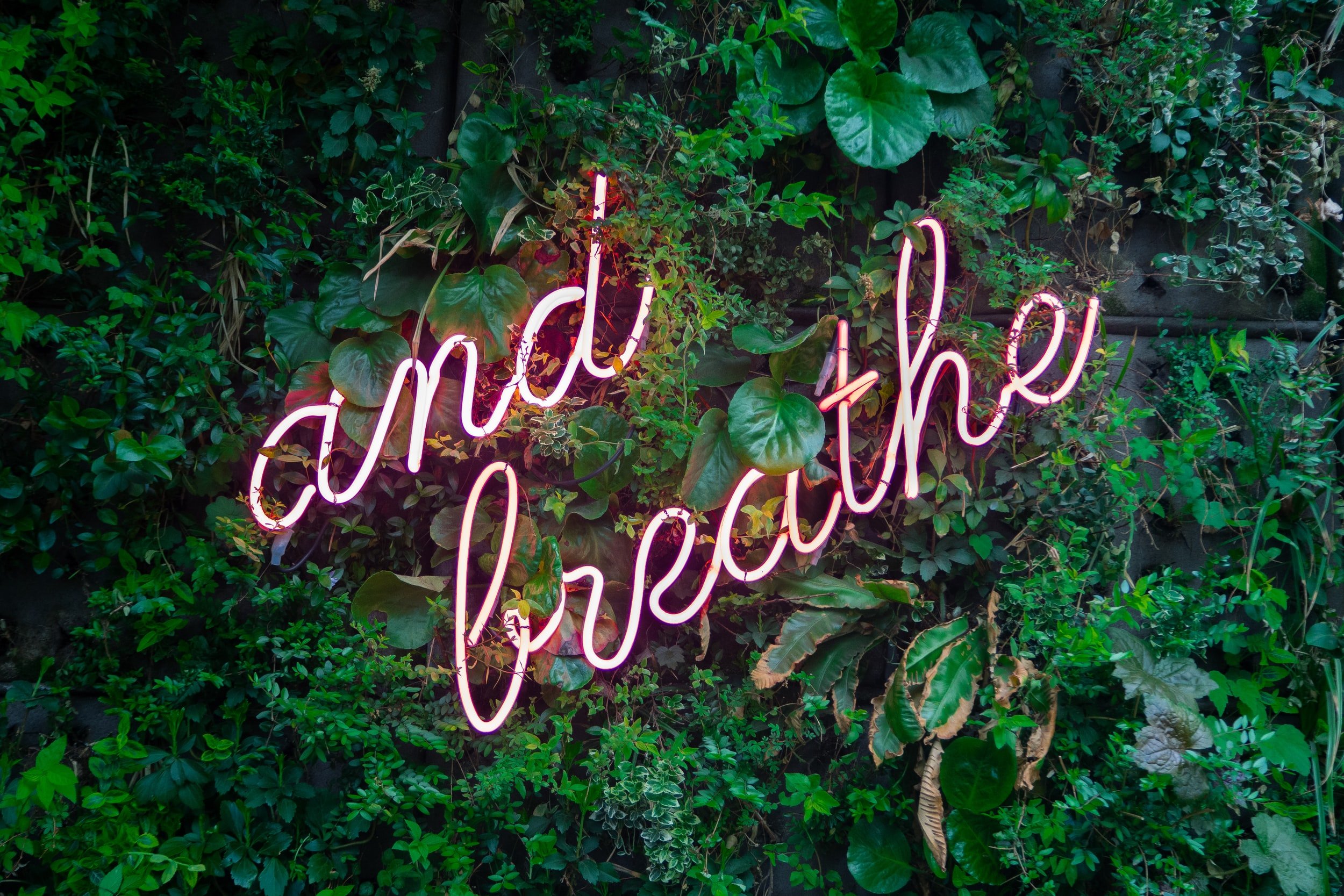Grounding Tools For Dysregulation
Grounding is a common coping tool discussed in therapy and is often used for anxiety, panic attacks, PTSD, and can be used in everyday life for general stress. Grounding can help you regulate your body to a calm state, allowing you to make clear decisions, be more present and less dysregulated. There are various ways to utilize grounding which will be discussed below. It is best to practice grounding techniques several times when you are regulated so you can easily access them when your emotions feel out of control. When you are dysregulated emotionally, it is harder to think clearly and remember how to stay calm. Getting in the habit of it outside of high emotion times is best.
When your body feels tense, on edge, shut down and/or your adrenaline is pumping, you are likely in a fight, flight, freeze or fawn response. These are survival responses in the brain and body which can get triggered whether there is an actual threat or not. This can be incredibly frustrating and difficult when you are in a social situation, at work, wanting to make connections or decisions. Thankfully there are many different ways to ground which can help you feel more in control, more responsive and less emotionally reactive.
Examples of grounding tools:
Exhale with a sigh - When your emotions and body sensations feel out of control, you can always come back to your breath. This is an undervalued skill and is easily available. There are several different breathing techniques to learn and practice but one of the easiest is to sigh through your exhale which automatically activates the body’s relaxation response (parasympathetic nervous system - PNS). You can also imagine inhaling a word like, “peace” through your nose and exhaling a word like, “stress” through your mouth.
Use your senses - Relying on your senses can quickly bring you back to the present moment and into a sense of safety. Using descriptive words, name 5 things you see nearby, 4 things you can touch (hair on cheek, wind on face…), 3 things you hear, 2 things you smell and 1 thing you can taste. Take perfection off the table while using these tools. You might use a handful of the above which is just fine.
Humming - Engaging the vocal cords stimulates the body’s relaxation response. You can do this through singing, humming or chanting.
Splash cold water on your face or over your hands - Notice the sound of the water and the way it feels against your skin.
Music - Find your favorite song - something peaceful or uplifting to help you feel more grounded.
Drink something hot or cold - Grab your drink nearby and gargle or make a soothing cup of hot tea to help relax your body. If you’re drinking tea, the scent can also help bring you into the present moment.
Touch the ground - If possible, take your socks and shoes off. Notice how your feet feel as they touch the ground. Nature can have a significant and positive impact.
Progressive muscle relaxation - Squeeze certain parts of your body and release. Do this with several parts of your body starting from the top of your head or the bottom of your feet. Notice how this feels as you transition from tightening to loosening those parts.
Visualization - Imagine your feet are roots and you are the tree or picture yourself turning down an emotional volume knob when you are experiencing big emotions. You can also imagine a peaceful place and identify what you picture in your mind.
Hold an object - Spin the ring on your finger around and notice the sensations, hold a rock and notice its textures and colors or pet an animal. amazon affiliate link: These rings are my favorite to have in my therapy office for my clients to use.
Use a mantra - Repeat something like, “I am safe here and now” or, “these feelings will shift and change.”
Movement - Slowly walk and focus on the transition from heel to toe, heel to toe, heel to toe. You can sway, rock, stretch, dance, jump or engage in any movement that helps ground you.
Some of the examples above are easily accessed in moments when you need something quick and others may be utilized at a later point in your day. Make these a routine part of your week so you can be more in control of your responses when dysregulated. It is also important to have realistic expectations when using grounding tools. The idea is not to avoid your feelings but to learn how to respond so you feel more in control and connected to the present moment.
If you are needing support with your mental health, please reach out to Megan Tarmann, LMFT for online and/or in person therapy in Minnesota.




